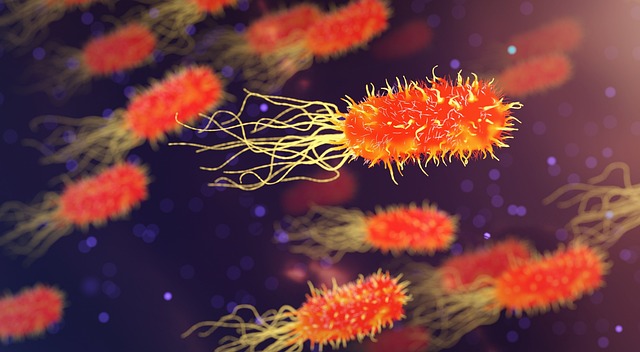
Signaling Pathways
Introduction to Signaling Pathways
Signaling pathways are intricate networks of molecular interactions that facilitate communication within and between cells. These pathways play a crucial role in regulating various cellular processes, including growth, differentiation, metabolism, and apoptosis. Understanding these pathways is essential for comprehending how cells respond to external stimuli and maintain homeostasis.
Types of Signaling Pathways
Signaling pathways can be broadly categorized based on their mechanisms of action and the types of signals they transmit. The primary categories include:
- Endocrine Signaling: This type involves the release of hormones into the bloodstream, allowing signals to reach distant target cells. Examples include insulin and adrenaline.
- Paracrine Signaling: In this mechanism, signaling molecules affect nearby cells. Neurotransmitters are a prime example, influencing adjacent neurons.
- Autocrine Signaling: Cells respond to signals they produce themselves. This is common in immune cells, which can stimulate their own activity.
- Juxtacrine Signaling: This involves direct contact between neighboring cells, often mediated by membrane-bound proteins. It is crucial during developmental processes.
Molecular Mechanisms of Signaling Pathways
At the molecular level, signaling pathways typically involve a series of steps known as signal transduction. This process can be broken down into several key components:
- Receptors: These are proteins located on the cell surface or within the cell that bind to signaling molecules (ligands). The binding event triggers a conformational change in the receptor, initiating the signaling cascade.
- Second Messengers: These are small molecules that relay signals from receptors to target molecules inside the cell. Common second messengers include cyclic AMP (cAMP), calcium ions (Ca2+), and inositol trisphosphate (IP3).
- Protein Kinases: These enzymes phosphorylate specific target proteins, altering their activity and function. This phosphorylation can activate or deactivate various cellular processes.
- Transcription Factors: These proteins regulate gene expression in response to signaling events. They bind to specific DNA sequences, influencing the transcription of target genes.
Examples of Key Signaling Pathways
Several well-characterized signaling pathways are fundamental to cellular function:
- Mitogen-Activated Protein Kinase (MAPK) Pathway: This pathway is involved in cell proliferation, differentiation, and survival. It is activated by various growth factors and cytokines.
- Phosphoinositide 3-Kinase (PI3K)/Akt Pathway: This pathway plays a critical role in cell growth and survival, particularly in response to insulin and other growth factors.
- Wnt/β-catenin Pathway: This signaling pathway is essential for embryonic development and tissue homeostasis. It regulates gene expression involved in cell fate determination.
- TGF-β Pathway: Transforming growth factor-beta (TGF-β) signaling is crucial for regulating cell growth, differentiation, and immune responses.
Significance of Signaling Pathways in Health and Disease
Understanding signaling pathways is vital for elucidating the mechanisms underlying various diseases, including cancer, diabetes, and neurodegenerative disorders. Dysregulation of these pathways can lead to uncontrolled cell growth, resistance to apoptosis, and other pathological conditions.
For instance, mutations in components of the MAPK pathway are frequently observed in various cancers, leading to aberrant cell proliferation. Similarly, alterations in the PI3K/Akt pathway are implicated in insulin resistance and type 2 diabetes.
Conclusion
Signaling pathways are fundamental to cellular communication and function. Their complexity reflects the intricate nature of biological systems, where precise regulation is essential for maintaining health. Continued research into these pathways promises to enhance our understanding of cellular processes and inform therapeutic strategies for a range of diseases.

















 Gas Exchange in The Lungs Is Facilitated by
Gas Exchange in The Lungs Is Facilitated by 
 Health
Health  Fitness
Fitness  Lifestyle
Lifestyle  Tech
Tech  Travel
Travel  Food
Food  Education
Education  Parenting
Parenting  Career & Work
Career & Work  Hobbies
Hobbies  Wellness
Wellness  Beauty
Beauty  Cars
Cars  Art
Art  Science
Science  Culture
Culture  Books
Books  Music
Music  Movies
Movies  Gaming
Gaming  Sports
Sports  Nature
Nature  Home & Garden
Home & Garden  Business & Finance
Business & Finance  Relationships
Relationships  Pets
Pets  Shopping
Shopping  Mindset & Inspiration
Mindset & Inspiration  Environment
Environment  Gadgets
Gadgets  Politics
Politics 